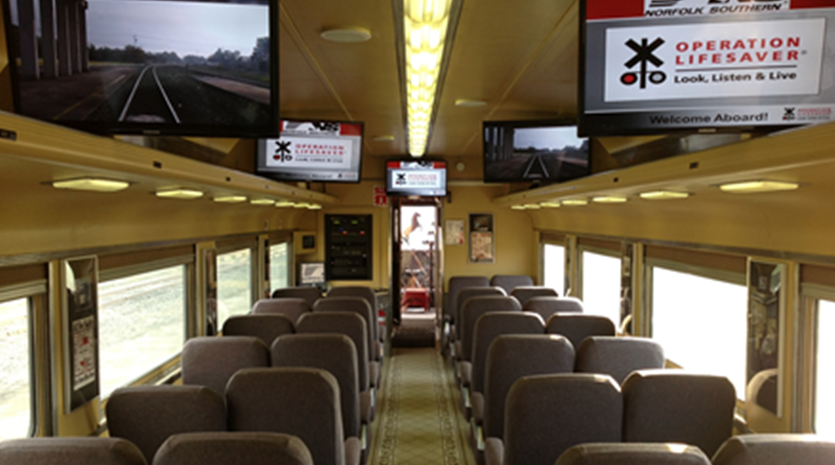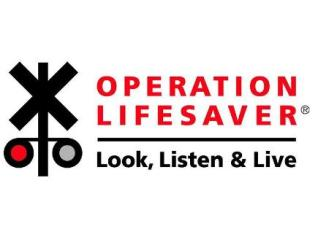QMOD-HD Modulators Contribute to Rail Safety in America
As featured in the Oct. Issue of Sound and Communications Magazine, Contemporary Research and Lightner Electronics partnered to improve railroad safety for Norfolk Southern Railway and Operation Lifesaver.
In an average year some 2,300 people are injured and another 500 killed at the nation’s 300,000 public and private highway-rail grade crossings. For more than 40 years, Operation Lifesaver, a non-profit partnership between railroads and government agencies, has worked to end collisions, injuries and deaths at rail crossings and along railroad rights-of-way through rail safety education.
Norfolk Southern Railway, which operates 20,000 route miles in 22 States and the District of Colombia, has built a 3-car passenger train that uses state of the art audio visual equipment – including Contemporary Research QMOD-HD encoder/modulators - to educate employees, police, firefighters, media and others
Lightner Electronics of Claysburg, PA recently completed new systems for the train which include switchers, 32 inch displays in each car, wireless microphones and Contemporary Research QMOD-HDSC modulators that originate channels fed to adjacent cars.
Each car has a computer with a solid-state hard drive. The RF signal is sent to the other cars via custom interface boxes that are installed on the outside four corners of each car. These custom panels were designed by Lightner and fabricated by RCI Incorporated, according to Project Manager Stephen Koehle.
The system includes an HDTV camera on the front of the locomotive that provides a view of the tracks from the engineer's perspective to the riders on the train. The intent is to let the riders understand that the train cannot stop quickly and, due to its speed, and has a limited view of traffic coming onto the rail crossings.
The video signal is 720 HD and provides full-motion video on the displays. The camera is housed in a custom-designed road case that has batteries in it and a solar panel on top. The solar panel trickle charges the batteries that run the camera during the day and they have the ability to charge it from AC power at night.
Currently, the camera is used as a hardwired device. Lightner ran coax for the SDI line and CAT6 for the IP line to the first railcar from the locomotive. An NLSS Gateway system is used to record all of the video. An NLSS decoder provides a backup H.264 stream in the event of an SDI line failure. Lightner hopes to be able to implement a completely wireless system in the future although preliminary tests show it to be difficult to maintain a reliable connection at track speed.
Norfolk has another car with 28 tiered seats in the rear that they use for conferences and training. Its equipment includes four Contemporary Research QMOD-HDSC modulators.
According to Mr. Koehle, the unique thing about these projects is that everything had to be customized, due to the railcars themselves. These cars are 60+ years old, and some are all stainless steel. There were many issues in running cables and customizing brackets to mount the displays. Another major issue was the vibration of the train as it traveled and the effect on the electronics. Some equipment had to be modified in order to deal with the vibration. Contemporary Research Communications and Technical Services Vice President Doug Engstrom worked with Mr. Kohle to solve this problem.



